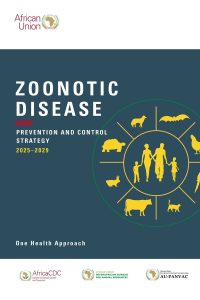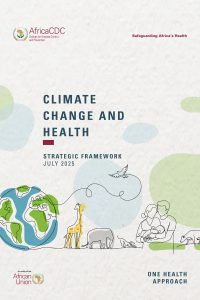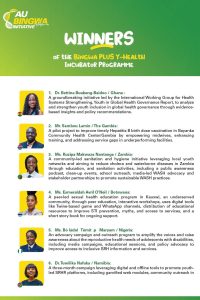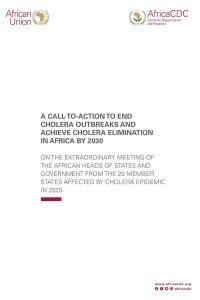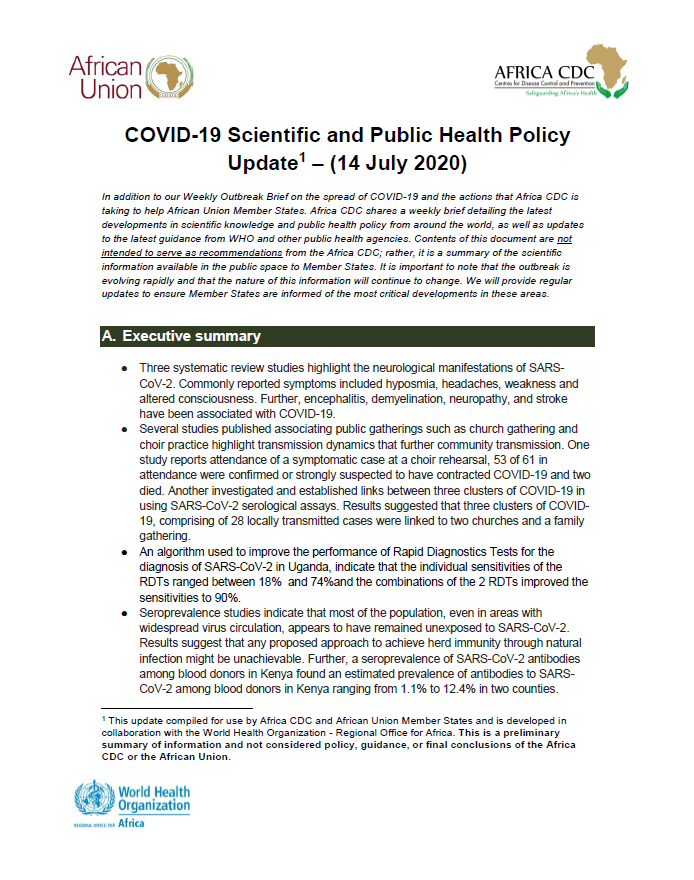
- Version
- Download 1093
- File Size 1.50 MB
- File Count 1
- Create Date 14 July 2020
- Last Updated 15 July 2020
COVID-19 Scientific and Public Health Policy Update – (14 July 2020)
In addition to our Weekly Outbreak Brief on the spread of COVID-19 and the actions that Africa CDC is taking to help African Union Member States. Africa CDC shares a weekly brief detailing the latest developments in scientific knowledge and public health policy from around the world, as well as updates to the latest guidance from WHO and other public health agencies. Contents of this document are not intended to serve as recommendations from the Africa CDC; rather, it is a summary of the scientific information available in the public space to Member States. It is important to note that the outbreak is evolving rapidly and that the nature of this information will continue to change. We will provide regular updates to ensure Member States are informed of the most critical developments in these areas.
A. Executive summary
- Three systematic review studies highlight the neurological manifestations of SARS- CoV-2. Commonly reported symptoms included hyposmia, headaches, weakness and altered consciousness. Further, encephalitis, demyelination, neuropathy, and stroke have been associated with COVID-19.
- Several studies published associating public gatherings such as church gathering and choir practice highlight transmission dynamics that further community transmission. One study reports attendance of a symptomatic case at a choir rehearsal, 53 of 61 in attendance were confirmed or strongly suspected to have contracted COVID-19 and two died. Another investigated and established links between three clusters of COVID-19 in using SARS-CoV-2 serological assays. Results suggested that three clusters of COVID-19, comprising of 28 locally transmitted cases were linked to two churches and a family gathering.
- An algorithm used to improve the performance of Rapid Diagnostics Tests for the diagnosis of SARS-CoV-2 in Uganda, indicate that the individual sensitivities of the RDTs ranged between 18% and 74%and the combinations of the 2 RDTs improved the sensitivities to 90%.
- Seroprevalence studies indicate that most of the population, even in areas with widespread virus circulation, appears to have remained unexposed to SARS-CoV-2. Results suggest that any proposed approach to achieve herd immunity through natural infection might be unachievable. Further, a seroprevalence of SARS-CoV-2 antibodies among blood donors in Kenya found an estimated prevalence of antibodies to SARS-CoV-2 among blood donors in Kenya ranging from 1.1% to 12.4% in two counties.
Attached Files
| File | Action |
|---|---|
| Download in English | Download |


